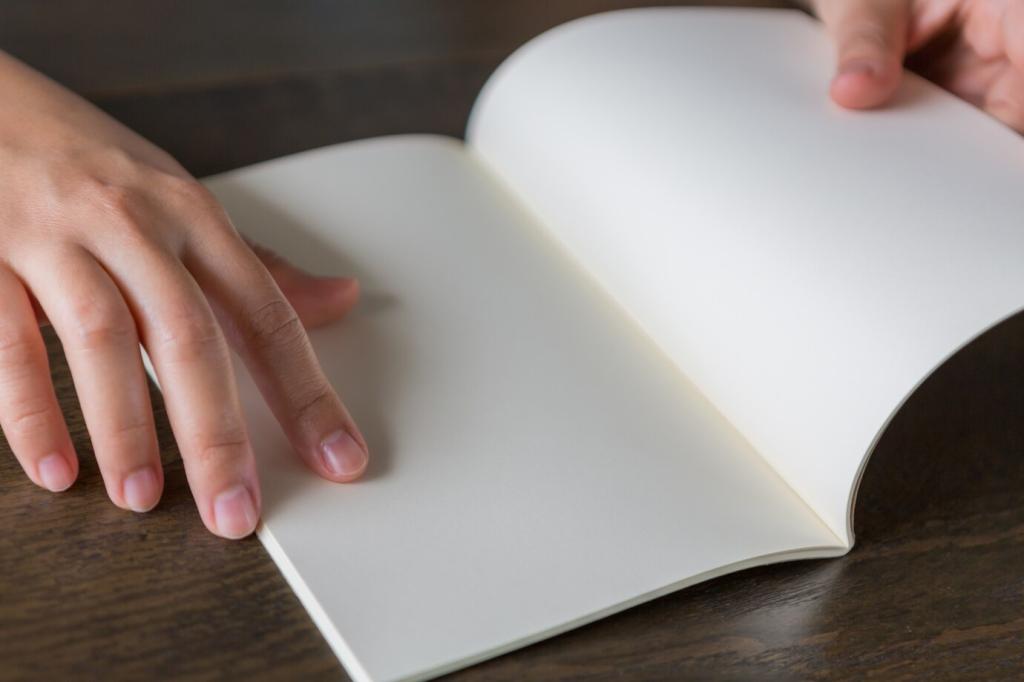Roll Walls Without Lap Marks
Match nap to texture: 1/4–3/8 inch for smooth walls, 1/2 inch for light texture, thicker naps for rough surfaces. Microfiber holds paint well and releases smoothly, while woven covers resist shedding. Invest in a solid core that won’t flex or twist.
Roll Walls Without Lap Marks
Use a grid or tray to evenly load the roller—no dripping. Start in a ‘W’ pattern, then fill it in with overlapping passes. Work in manageable sections, rolling back into still-wet paint so sheen and color stay consistent without stripes.






